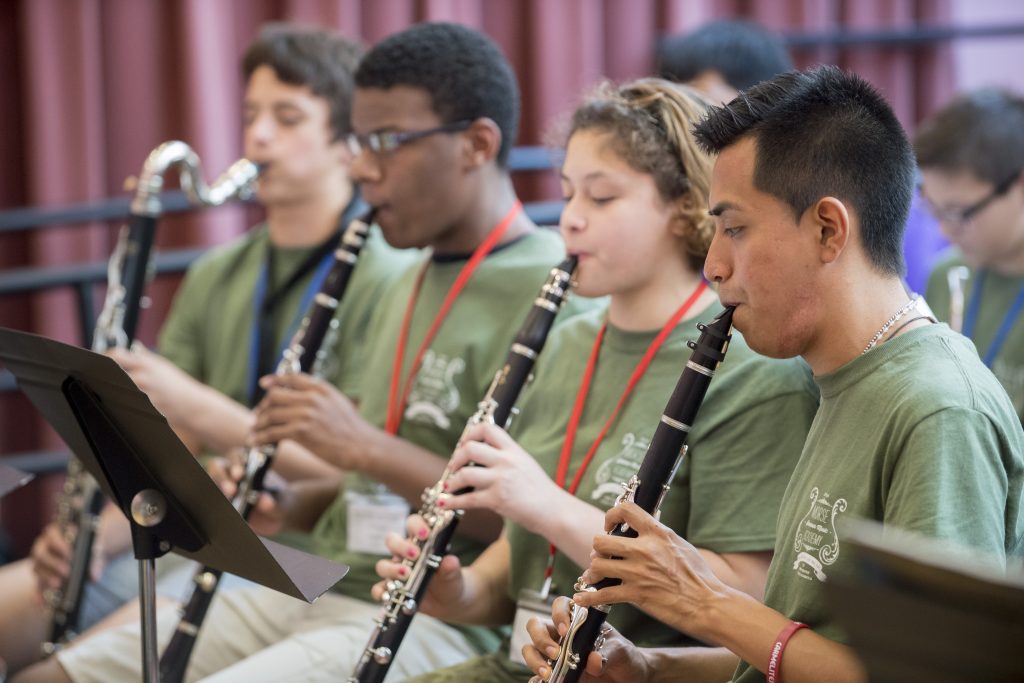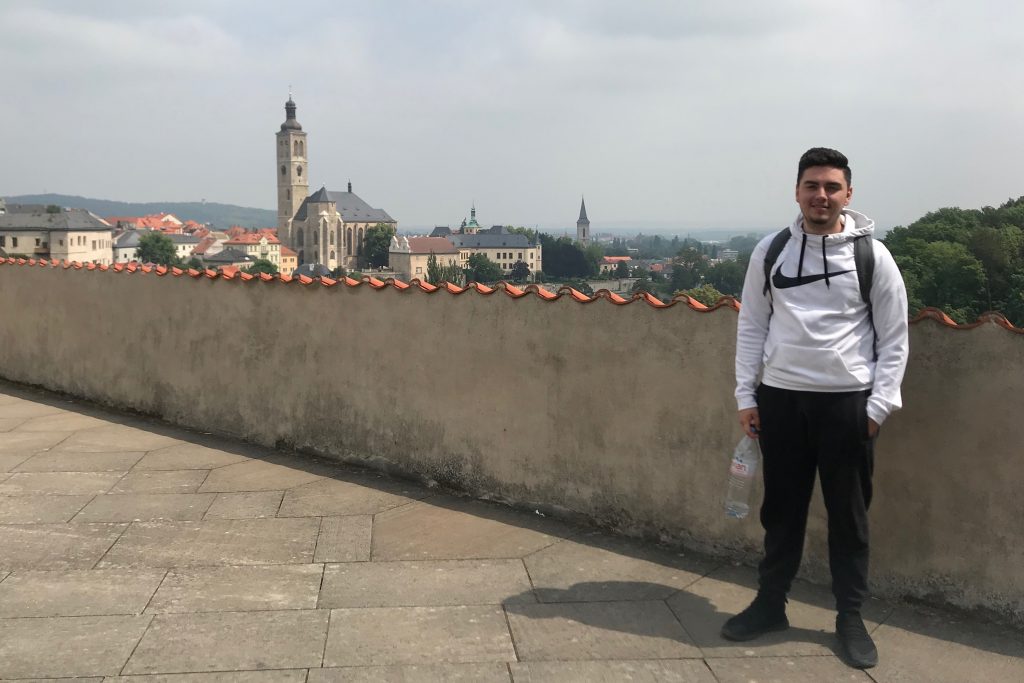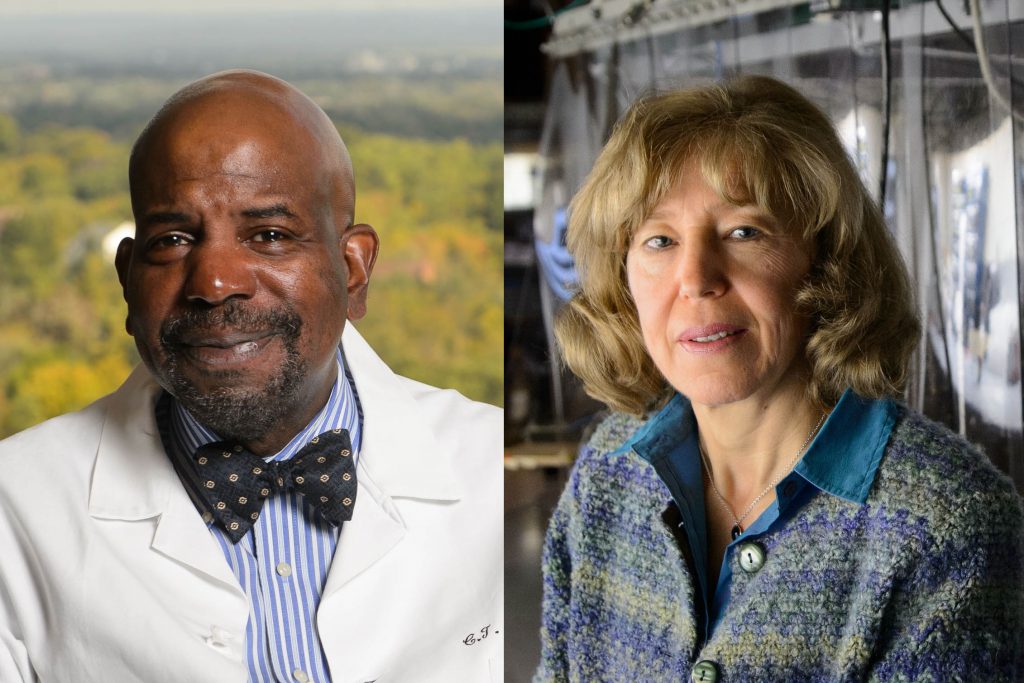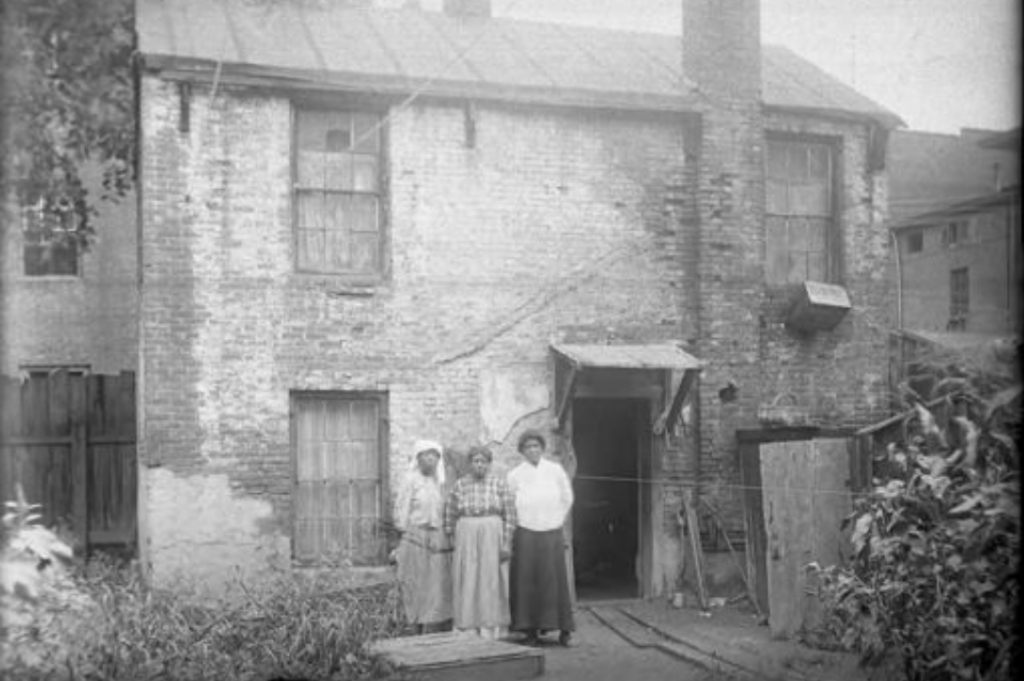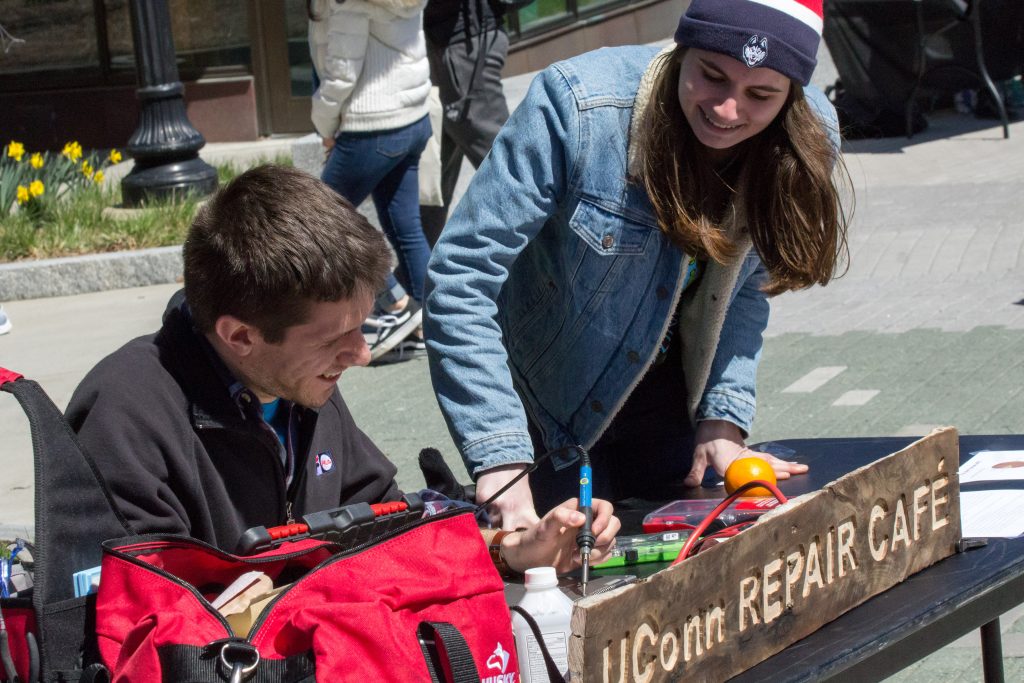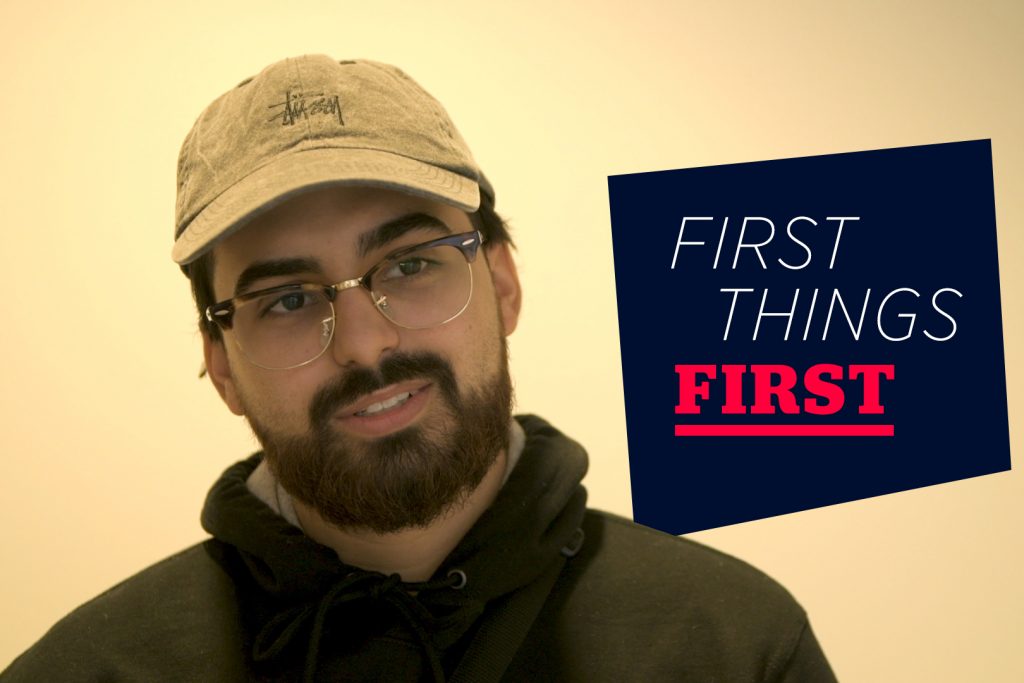Campus
Living the Dream
Music education student Jesús Cortés-Sanchez discusses being a DREAMer and what music means for him.
April 22, 2019 | Julie (Stagis) Bartucca '10 (BUS, CLAS), '19 MBA
Op-ed: How Should Social Media Combat Misinformation, Hate Speech?
The sheer volume of content shared on social media makes it impossible to establish a comprehensive editorial system, writes Niam Yaraghi, assistant professor.
April 22, 2019 | Niam Yaraghi, School of Business
Education Abroad: Luis Rivera ’19, Prague, Czech Republic
Accounting major Luis Rivera '19 (BUS) says his Education Abroad experience in Prague, Czech Republic, helped him grow as a person.
April 19, 2019 | Mike Enright '88 (CLAS), University Communications
UConn Researchers to Help Design Resilient, Deep-Space Habitats
UConn researchers will be on the front line of a NASA-funded effort to advance the design of resilient, deep-space habitats for inhospitable environments such as the Moon.
April 18, 2019 | Jaclyn Severance
UConn Professors Elected to American Academy of Arts and Sciences
Dr. Cato Laurencin and physics professor Nora Berrah are among the academy's 239th class, along with former First Lady Michelle Obama, and other leaders.
April 17, 2019 | Combined Reports
The Struggle to Find Affordable Housing in Hartford
A new exhibit at the Dodd Center, opening April 17, documents the racism and discrimination that many Hartford residents have experienced over the years, leaving them with little access to affordable housing.
April 17, 2019 | Kenneth Best
Focus on Sustainability: UConn’s Spring Fling
The Spring Fling festival on Fairfield Way featured organic and local food, eco-friendly vendors, green companies, and student groups in a celebration of sustainability.
April 17, 2019 | Lucas Voghell '20 (CLAS)
Crystallizing Knowledge with a Learning Machine
UConn researchers working with Pfizer used machine learning to figure out the best way to coax a drug into solid form for the development of pharmaceuticals.
April 16, 2019 | Kim Krieger
First Things First: Why I Study Philosophy
As part of a video series, Caesar Valentin '20 (CLAS) shares what inspired him to declare his current major.
April 16, 2019 | Angelina Reyes
How Brands are Circumventing Marketing Regulations
A UConn marketing professor found that financial companies employing ‘umbrella branding’ may have used advertising to drive customers to all their products, despite regulations designed to safeguard investors.
April 15, 2019 | Claire Hall
